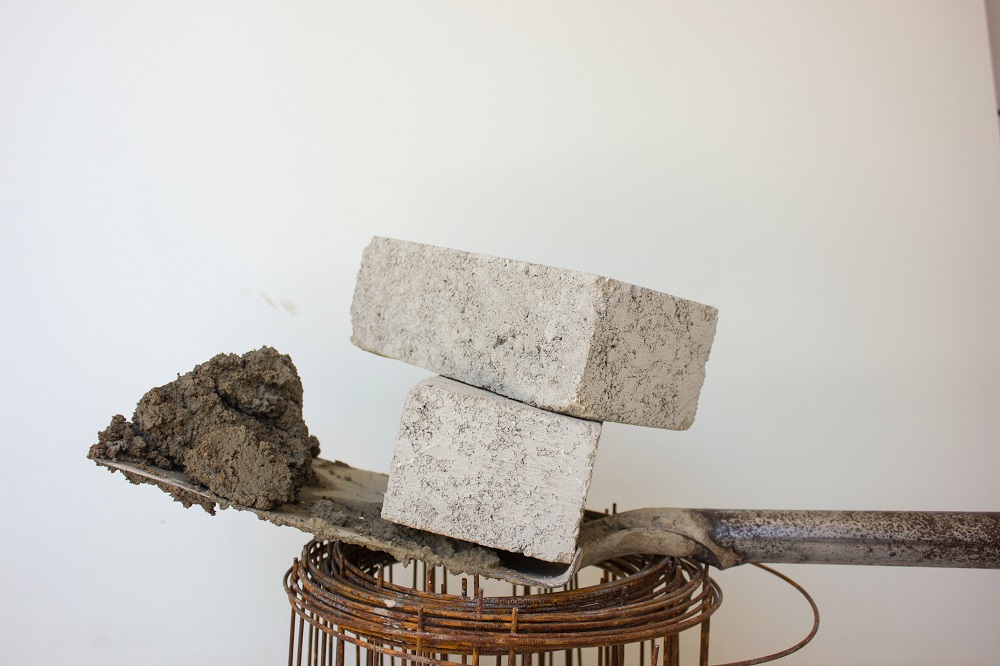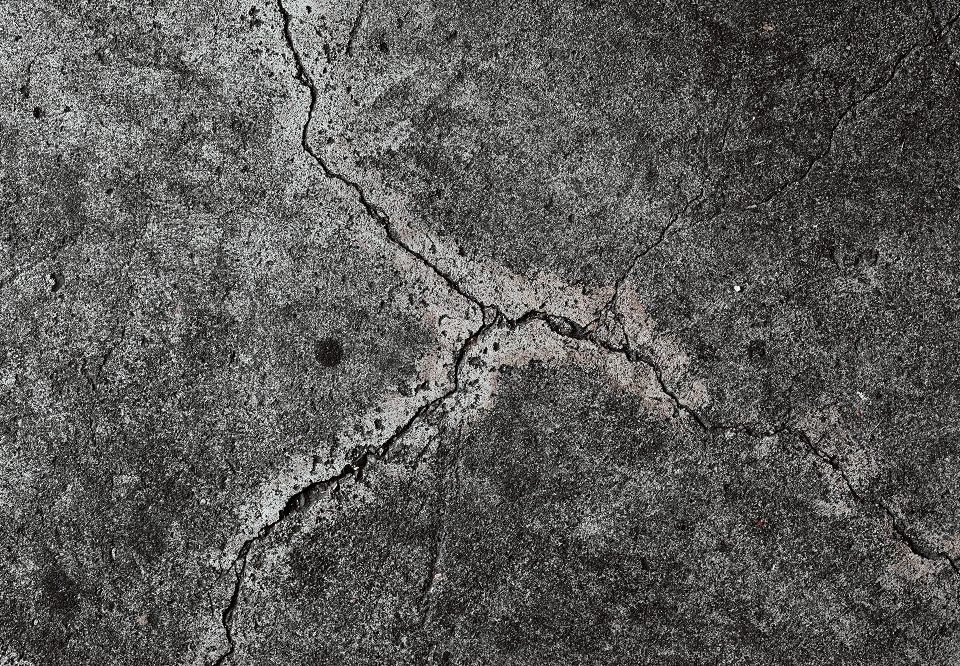
Cement quality
November 18, 2021Grade of cement
November 18, 2021Cement is a “chemical blender”. Cement is used to bind building materials in structures. Of the different types of cements, OPC and PPC cements see the most use in construction. OPC cement is mostly used in reinforcement of a building’s load bearing component while PPC cement is mostly used in building up walls.
OPC Cement:-
Ordinary Portland Cement (OPC) is made from common limestone. Raw limestone is heated to up to 1400 Celsius and mixed with other additives to make clinker. A maximum of 5% by weight gypsum is mixed with the clinker to make OPC cement. Because OPC cement has a higher concentration of clinker, it is relatively quick setting. OPC cement is graded into different categories based on its load bearing capacity and tensile properties. All three grades have their own uses. 33 grade OPC is the most basic OPC cement. 43 grade OPC cement is used to build large structures. Most residential buildings also use 43 grade OPC cement. Tall high rise complexes, towers, large dams use both 53 grade OPC and 43 grade OPC in their construction. That does not necessarily mean that large construction projects in Nepal don’t use 43grade OPC cement but rather most large construction projects are beginning to show their preference towards 53 grade OPC cement.
PPC Cement:-
Portland Pozzolana Cement (PPC) is made by mixing coal ash (Pozzolana) with the cement clinker. This cement is usually made by mixing 70% by weight of clinker, 25% Pozzolana, and 5% gypsum. Because of the relatively lower concentration of clinker, this cement is relatively slow setting. This does not necessarily mean this is poor quality cement. PPC cement is widely used in construction for plaster casting. PPC cements can also be used in construction of load bearing structures if the design of the structure is made to use PPC cement for structure building.
How long can cement be stored and later used?
How the cement has been stored determines how long it can last while remaining usable. If the cement has been stored properly, it can be used up to three months after initial production.
Cement Storage techniques
Cement storage requires many precautionary methods. Cement should not be stored in a damp place. If cement is stored in a damp place, it quickly begins setting by reacting with the moisture in the air. Cement that has already set cannot be used in construction. If cement is stored in a damp place, it could set in just one day.
However, if cement is stored in a cool and dry place, it can safely be stored up to three months after initial packaging.


